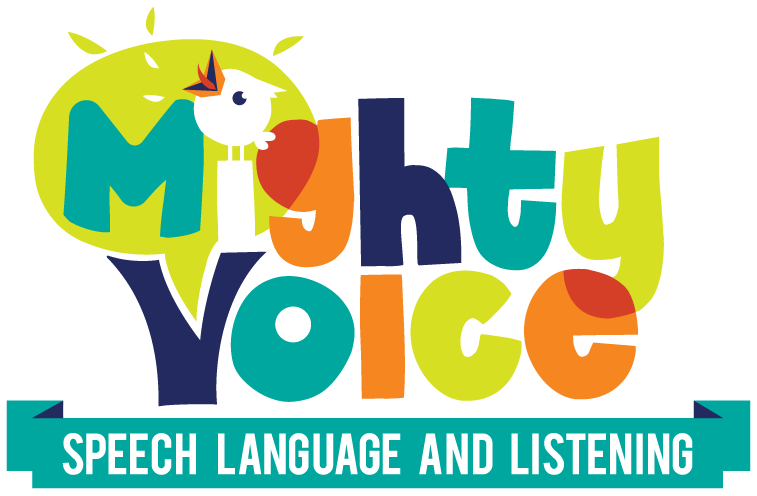Holidays can sometimes be challenging for kids with speech, language, and listening challenges. Here are 5 tips to help your child navigate Valentine’s Day.
Read some books about Valentine’s Day
Visit your book stash or your local library, and introduce your child to what Valentine’s Day is with a story. Reading a book together will introduce your child to the sights, sounds, and vocabulary surrounding the holiday.
Here are some of my favorites:
- Llama, Llama, I Love You
- Happy Valentine’s Day Mouse
- The Biggest Valentine Ever
- Love from the Crayons
- Happy Valentine’s Day, Curious George
- Somebody Loves You, Mr. Hatch
Talk about Valentine’s Day vocabulary
There are all sorts of new words your child will hear at Valentine’s Day. If your child is working on listening and spoken language, this is the perfect time to introduce some of them. Think about all of the stuff (the nouns) at Valentine’s day, like cards, paper, hearts, stickers, candy, candy hearts, Cupid, etc.
Also think about some of the things we do (the verbs) and the describing words (adjectives and adverbs) your child might hear or use. They might hear action words like cut, glue, paste, give, get, share, buy, make, and love or like. They might hear describing words like glittery, sweet or kind, or color words like pink and red.
You might also think about any of the vocabulary that goes with the events your child will participate in. If they’ll exchange Valentine’s, there are words like exchange, give, receive, or maybe even party or holiday. In some regions, children make Valentine’s boxes which could include vocabulary like the shape of the box (square, or rectangle) or what it looks like (mailbox, or a character).
Talk through any Valentine’s Day activities they’ll participate In
Whether you’ll keep it low key and just read or hear about Valentine’s Day, or if they’ll be full out involved in a class party or Valentine’s box building experience, you can talk through these events with your child so they know what to expect. By talking through what will happen, who will do what, and answering any questions, you’re giving your child a rich language experience and also preparing them for what’s ahead.
Role play any new situations or expectations they’ll encounter
Let’s face it, sometimes Valentine’s Day can feel a little weird. I remember being concerned as a kid about which candy hearts went to which people. I didn’t want to seem weird or too affectionate.
For some kids, giving and getting Valentine’s is more anxiety producing than fun, and that’s okay. Once you’ve talked through the events they’ll be participating in (willingly or not), role playing some of it may help ease their anxiety.
For example, if your child is unsure of what to say when they hand out their Valentine’s cards, set up a “play” Valentine’s party. Practice handing each other a Valentine’s card and saying something simple like “Here you go,” or “Here’s a Valentine for you.” Having some experience in the situation can help your child feel more confident when the time comes for the real thing. It might also give you a chance to talk through any feelings or anxieties they might have about it.

Have fun
Remember, Valentine’s Day is supposed to be about love and kindness, or at least that’s how I think about it. Don’t get too caught up in having the right Valentine’s or the best Valentine’s Day box. Enjoy the planning and parties with your child, and have fun with it.

